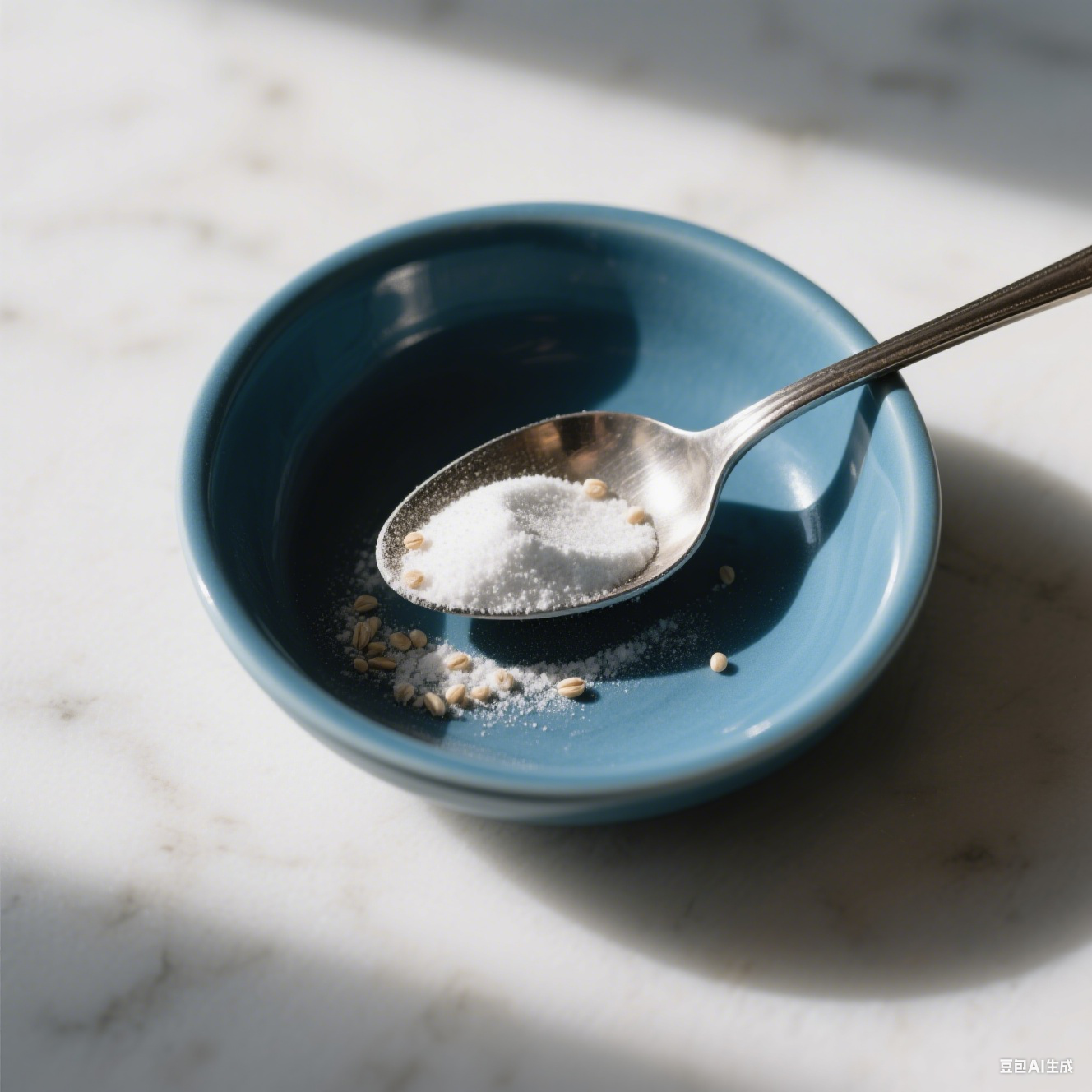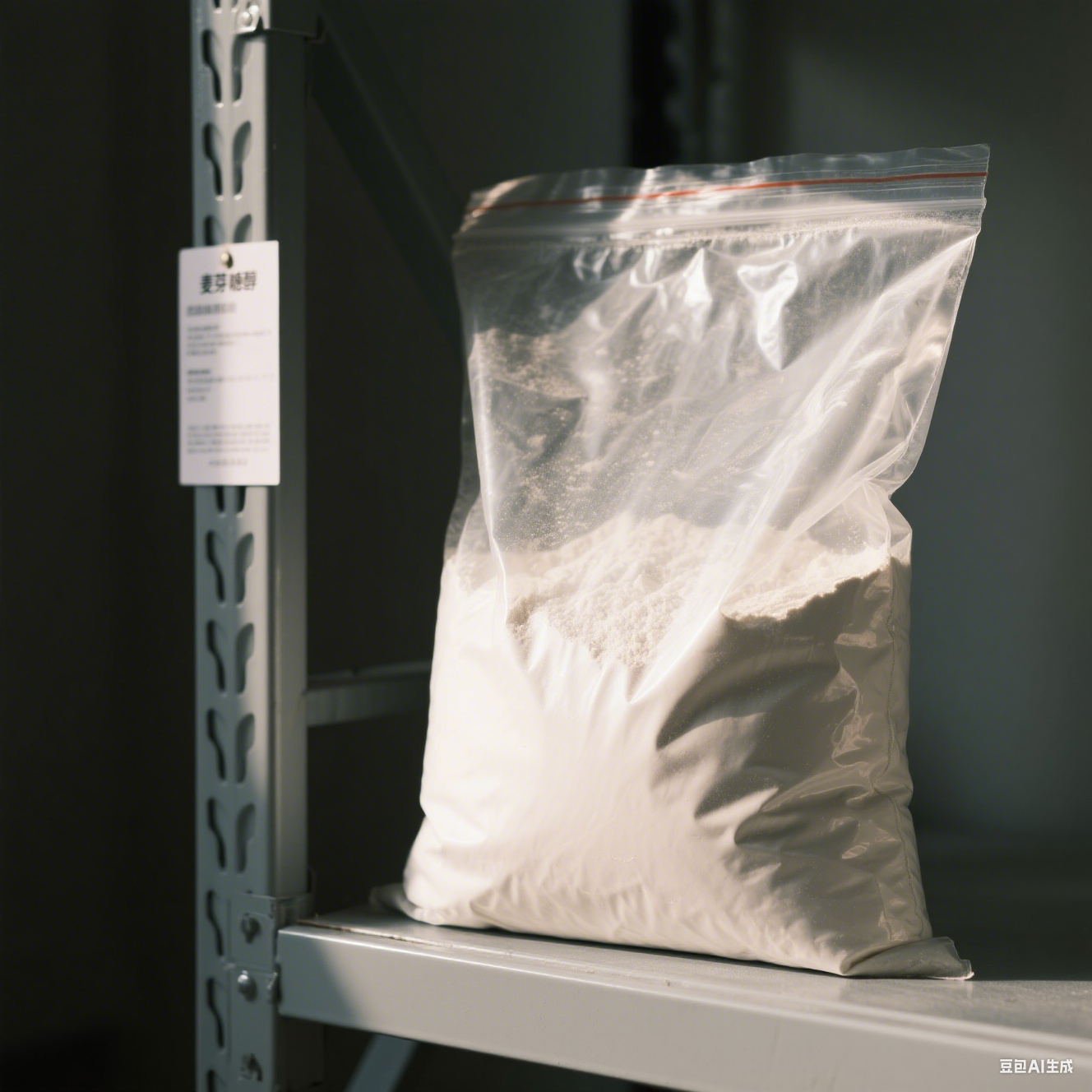maltitol price
Maltitol price represents a crucial factor in the sugar alcohol market, reflecting the complex interplay of production costs, market demand, and technological advancements. As a sugar substitute, maltitol offers approximately 90% of sugar's sweetness while providing fewer calories, making it a valuable ingredient in sugar-free and reduced-calorie products. The price of maltitol is influenced by various factors, including raw material costs, primarily corn or wheat starch, manufacturing processes, and market competition. Current technological developments in production methods have led to more efficient extraction and purification processes, potentially affecting pricing structures. The global market sees fluctuations in maltitol prices based on regional availability, production capacity, and demand from various industries, particularly the food and pharmaceutical sectors. Understanding maltitol pricing is essential for manufacturers and buyers, as it impacts product formulation decisions and overall production costs. The price point often varies between bulk and retail purchases, with significant discounts available for large-volume orders. Market analysts track these price trends closely, as they indicate both current market conditions and future market directions in the sugar alternative industry.


